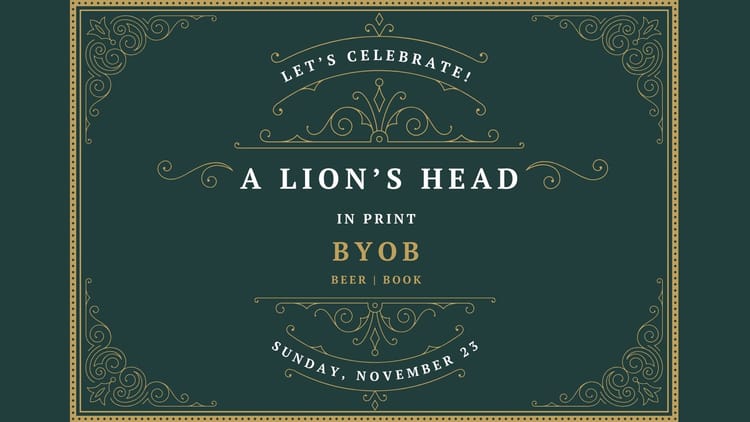Goal | My books in 20 brick & mortar stores by the end of 2025.

I started a conversation on threads. Advice I received included,
- Canadian booksellers prefer by consignment because IngramSpark distributes print books in the US and has no printers north of the border. They do provide Print-On-Demand services in Canada.
- Try small retailers or gift shops.
- Even if the books are available on IngramSpark, stores prefer to work through consignment.
- Booksellers will not buy books from Amazon, despite their having printers and distribution in Canada. Also, when ordering titles, authors can have a better (free shipping) experience buying their books direct and not as author copies for which there are steeper shipping fees (by weight).
My initial inquiry to author friends revealed that most of them were dependent on purchasing books from their publishers (mostly Amazon or Friesen Press for Canadian authors).
The high threshold cost of buying your books instantly discourages consignment selling in stores.
Where a retailer like Indigo claims 45% of the selling price as theirs.
A book that is competitively priced at $15, and costs $7.25 to print+ship, with the bookstore taking it's $6.75 yields a $1.00 profit. (Both IngramSpark and KDP shipping costs are brutal. Let's not factor in the tariffs shall we? 🇨🇦)
Most consignments won't take more than 5-10 books. You, as the author, maintain the distribution. The $1 won't cover gas, let alone the book you buy as you leave the bookshop.
Reality Check
I have one advantage over most. I created my own Imprint, Ahasae Tharu. I availed of an ISBN from the Canadian Archives. I own copyright to my files and can issue as many reprints as I wish.
- Own your ISBN.
- Own your creative files.
Local Source for Printing
My confidence dropped in the subtitle of this blog post because I still need to confirm a local source for printing.
How far have we regressed as a society that this is where I am arriving after establishing my global reach with Amazon and IngramSpark?
My plan to reach my goal begins with sourcing a local-affordable printer—a long term partnership—who can bind my books to their online selling equivalents.
My working hypothesis is that I can increase my profit margin by four times (numbers to be confirmed).
I need to test my hypothesis that this will reduce the overall cost of books (cancelling out shipping costs). I will have to invest some of my savings to stock my inventory.
Living near a big city helps, as there are many commercially available and small private companies providing print services, none with the swagger or reach of Amazon or IngramSpark.
What you're missing...
- What I learned when I contacted Indigo and a local bookseller.
- How my marketing strategy to pivoted—and tips.
- The list of booksellers I contacted and how they received me.
- What to do for US-based booksellers.
- The letter I sent to the booksellers.




